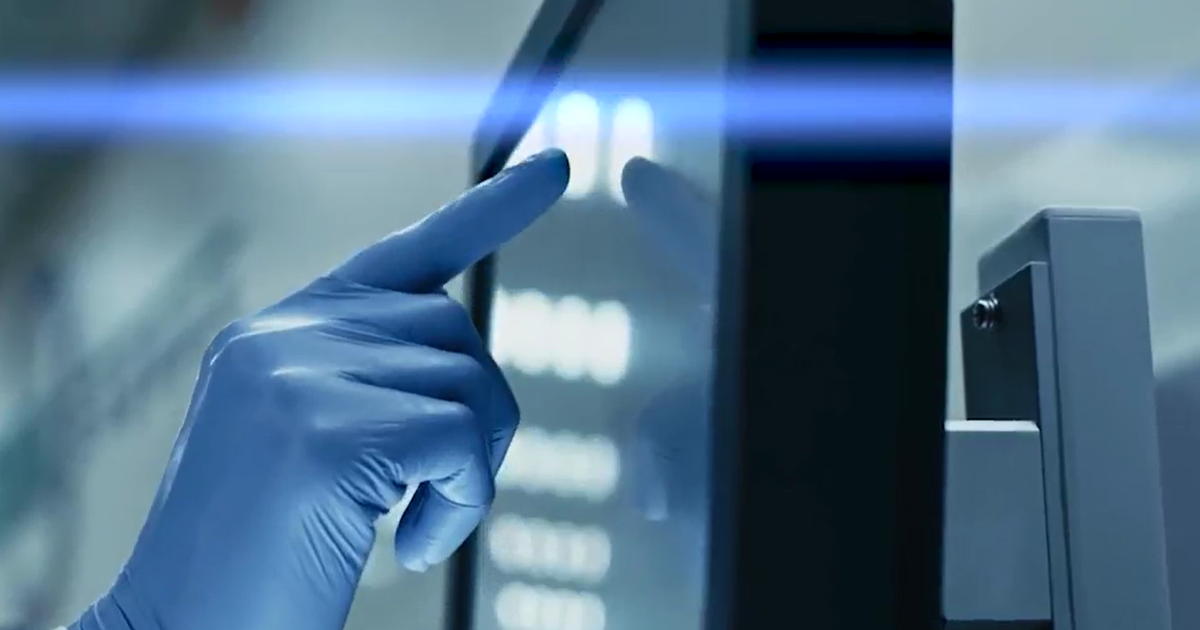Local investigators working with cutting-edge technology and a Texas-based company are solving decades-old murders, identifying unknown remains and bringing closure to families who never expected answers.
The technology, called investigative genetic genealogy, made headlines when it linked Bryan Kohberger to the brutal murders of four University of Idaho students in November 2022. But even before that high-profile case, the same scientific approach has been quietly solving cold cases throughout the Spokane area.
Geneticist David Mittleman and his team at Othram, Incorporated in Texas played an integral role in Kohberger’s case. DNA the killer left on a knife sheath found at the King Road house in Moscow was sent to Othram’s lab, which analyzed millions of genetic markers to create the killer’s profile.
“We were able to deliver a profile for an unknown person, the suspect in this crime within days, and investigators started working on it alongside of us within days, and within weeks, there were leads and by the end of December there was an arrest,” Mittleman said.
The geneticist’s message to criminals is clear, “If you leave DNA at a violent crime, then you’ll be identified.”
Before the Kohberger case brought national attention to the technology, Othram had already helped local law enforcement solve numerous Spokane area cold cases.
The company assisted Spokane County’s Medical Examiner Dr. Veena Singh in identifying the remains of more than 20 people, some of whom had been with the medical examiner’s office for decades.
“All of them were missing their names, and for us, it’s really important to get people identified, give them their names back, get them back to their families,” Singh said.
One of the most significant breakthroughs came in 2021 when Spokane police solved the 1959 murder of 9-year-old Candy Rogers. The girl was selling campfire candy door to door when she was kidnapped, sexually assaulted and murdered. Her killer went unidentified for 62 years.
Spokane Police Sgt. Zac Storment, who worked on the cold case, marveled at the technology’s capabilities.
“Not long ago, detectives that worked here would not believe what this is. It’s science fiction come to life,” Storment said.
Evidence collected and stored by detectives 62 years earlier contained DNA from Candy Rogers’ killer, who had left semen on her clothes. Spokane police sent that genetic material to Othram, which used genome sequencing to find distant genetic matches.
Combined with traditional detective work, Sgt. Storment and his team narrowed the search to a Spokane family. One living relative, a woman, assisted investigators and even provided her DNA to help find answers.
The investigation pointed to her father, John Reigh Hoff, as Candy Rogers’ killer. Hoff died in 1970 and was never on Spokane police’s radar during the original investigation.
Law enforcement cannot use DNA that people have sent to commercial companies like Ancestry.com or 23andMe. Investigators can only use DNA in databases where people have given permission for law enforcement access. Some of those people have proven key to solving crimes or identifying missing people.
“There are people out there who have helped solve cold cases who don’t even know it. They helped us leap frog to some suspects because they linked up the chain necessary to get us where we needed to be, and I wish there was a way to thank anybody who was involved in that,” Storment said.
The technology is bringing closure to hundreds of families and ensuring violent criminals cannot escape justice, regardless of when or where crimes occurred.
“It no longer matters where the event happened, who it happened to, when it happened. Everyone has a chance with this new technology for answers and justice,” according to Othram.
Sgt. Storment encourages people who want to help solve crimes to consider contributing to databases like GEDmatch and FamilyTreeDNA, which allow law enforcement access with user permission.
You can also help make this technology more accessible to agencies and investigators, by donating here.
Click here to see the local cases Othram has helped solve.
COPYRIGHT 2025 BY KXLY. ALL RIGHTS RESERVED. THIS MATERIAL MAY NOT BE PUBLISHED, BROADCAST, REWRITTEN OR REDISTRIBUTED.

